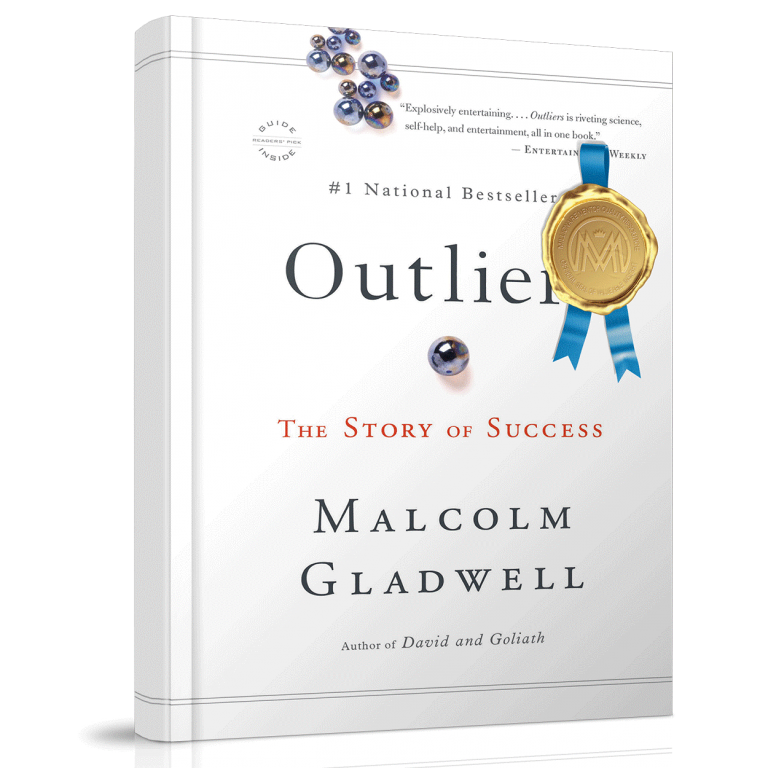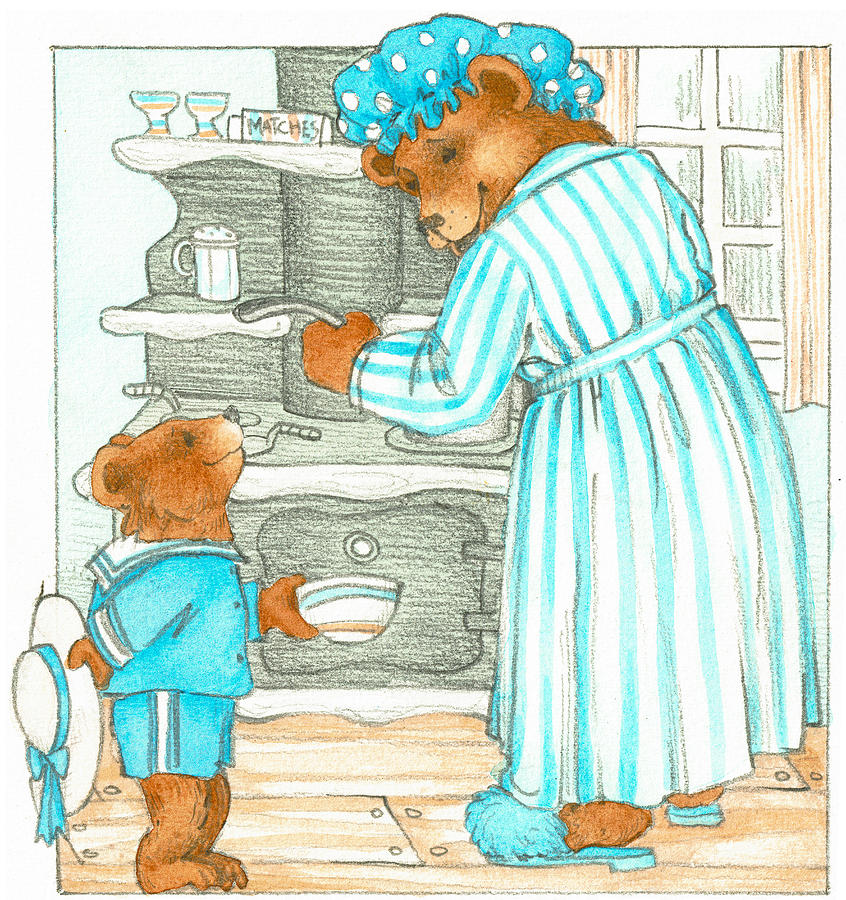All the story
All-Story
The All-Story Magazine
In January 1905, Frank Munsey, originator of the all-fiction magazine, sought to capitalize on the growing popularity of the format by releasing a second pulp title, All-Story. Becoming a weekly in 1914 and absorbing Cavalier later that year, the magazine would run until 1920 when it was itself absorbed into the Argosy, but not before it had published some of the most innovative and memorable fiction the pulps ever produced.
The magazine's most famous contributor arrived in February of 1912 when the first installment of Edgar Rice Burroughs's serialization Under the Moons of Mars appeared under the pseudonym Norman Bean. Burroughs came to the Munsey pulps in 1911 a frustrated business man attempting to begin a new career in fiction writing at the age of thirty-six. With the help of
All-Story editor Thomas Newell Metcalf, Burroughs revised his original Mars manuscript and it was accepted for publication, inaugurating a relationship with the magazine that would oversee the publication of many of his most popular stories, including Tarzan of the Apes in October of 1912.
Other prominent contributors were Rex Stout, who published many of his early works in All-Story, and Johnston McCulley, whose Zorro character made his first appearance in the August 9th, 1919 issue. Although All-Story is remembered for its adventure stories, it was typical of first generation pulp magazines in that it printed a range of fiction, including tales emphasizing mystery, suspense, romance, and western or exotic settings.
Bookended by fairly brief sections for advertisements, a typical issue contained five or six serialized stories followed by a single novelette and another five or six short stories. The editors usually made room for poems between stories and concluded each issue with a section entitled "Table Talk" and, later on, "Heart to Heart Talks" that included updates about the magazine and letters to the editor.
Matt Vaughn, The University of Tulsa
Works Consulted and Further Reading
Burroughs, Edgar Rice, Alexei Panshin, Cory Panshin, and Paul Cook. A Princess of Mars. Rockville, MD: Phoenix Pick, 2010.
A Princess of Mars. Rockville, MD: Phoenix Pick, 2010.
Hillman, Bill. “The 1911 Business Correspondence between Edgar Rice Burroughs and Thomas Metcalf of All-Story Magazine.” Accessed at http://www.erbzine.com/mag28/2832.html
Robinson, Frank M, and Lawrence Davidson. Pulp Culture: The Art of Fiction Magazines. Portland, OR: Collectors Press, 1998.
_____. “The Story Behind the Original All-Story.” Zoetrope: All-Story 4.1 (Spring 2000): 55-56.
Stephensen-Payne, Phil. All-Story issue checklist and cover images. Accessed at http://www.philsp.com/mags/all_story_weekly.html
A complete checklist of scanned cover images is available @ Galactic Central.
Zoetrope: All-Story
Current Edition
Winter 2022/2023
Guest Designer
Aaron Rose
Contributors
Aaron Rose
Elizabeth McCracken
Jamel Brinkley
Yiyun Li
Emily Crossen
Hollywood Premiere
Friends and fans packed the old World Books & News International Newsstand in Hollywood on March 18 to celebrate Aaron Rose and his eye-popping design…
Five Questions with Aaron Rose
Why did you accept the invitation to design the Winter 2022/2023 edition of All-Story?
I’ve been a super-fan of the magazine ever since I…
Enrollment Open for Spring Fiction Classes
Ready, set, write! Enrollment is now open for our spring online fiction courses, taught by the wizards at the legendary Gotham Writers Workshop.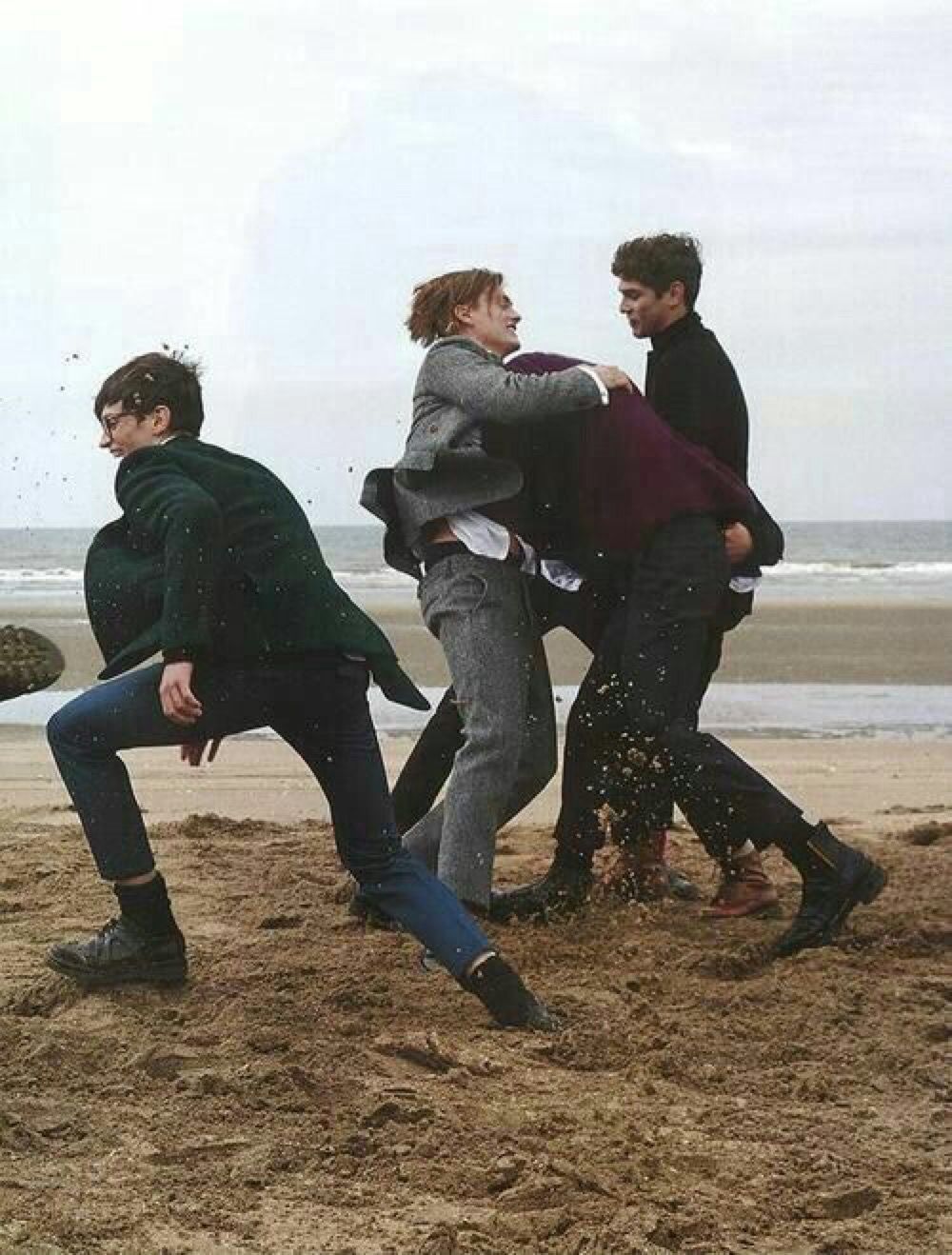 Classes begin…
Classes begin…
Hello, Winter!
Winter days may be short, but we put in long hours with guest designer Aaron Rose to craft an issue you won’t want to set…
Screenplay Comp Results Announced
Many thanks to all who entered the 2022 American Zoetrope Screenplay Competition. From nearly 2,000 submissions, Judge Francis Ford Coppola and the staff of American Zoetrope have…
FROM THE ARCHIVE
The Dead
James JoyceLily, the caretaker’s daughter, was literally run off her feet. Hardly had she brought one gentleman into the little pantry behind the office on the ground floor and helped him off with his overcoat than the wheezy hall-door bell clanged again and she had to scamper along the bare hallway to let in another guest. It was well for her she had not to attend to the ladies also. But Miss Kate and Miss Julia had thought of that and had converted the bathroom upstairs into a ladies’ dressing-room. Miss Kate and Miss Julia were there, gossiping and laughing and fussing, walking after each other to the head of the stairs, peering down over the banisters and calling . . .
Miss Kate and Miss Julia were there, gossiping and laughing and fussing, walking after each other to the head of the stairs, peering down over the banisters and calling . . .
Buy Edition
PAST Editions
Winter 2022/2023
vol. 26 no. 4
Guest Designer
Aaron Rose
Fall 2022
vol. 26 no. 3
Guest Designer
Matt Dillon
Summer 2022
vol. 26 no. 2
Guest Designer
Jim Melchert
Spring 2022
vol. 26 no. 1
Guest Designer
Juman Malouf
Winter 2021/2022
vol. 25 no. 4
Guest Designer
Sylvia Plachy
Fall 2021
vol. 25 no. 3
Guest Designer
Tunde Adebimpe
Summer 2021
vol. 25 no.
 2
2Guest Designer
Jim Jarmusch
Spring 2021
vol. 25 no. 1
Guest Designer
Jeffrey Gibson
Winter 2020/2021
vol. 24 no. 4
Guest Designer
Deborah Roberts
Fall 2020
vol. 24 no. 3
Guest Designer
Kelly Reichardt
History of Russia. Great events that the whole country should know about (in a case)
Read an excerpt4 695 ₽
4 182 ₽
+ up to 704 points
Bonus program
The total amount of bonuses may differ from the indicated one if discounts are applied to the order.
Buy
The price on the site may differ from the price in the chain stores. The appearance of the book may differ from the image on site.
In stock
Available in 683 stores. See on the map
83
The price on the site may differ from the price in the chain stores. The appearance of the book may differ from the image on site.
The history of Russia is a continuous chain of great events and incredible facts. Not devoid of white spots, it does not stand still, and over the years the answers to exciting questions become more and more definite. However, there are still many ambiguities. The book "History of Russia. Great events that the whole country should know about" is intended to shed light on important social phenomena from the time of the formation of Rus' to the first manned flight into space.
The complex interweaving of the fate of the people will no longer seem chaotic: the book illustrates the logical and understandable connection of all the turns of history. From this encyclopedia you will learn about the great events that globally changed the course of the country's development, get acquainted with interesting and reliable facts that will make you proud of the heroes of the Russian land and honor their memory.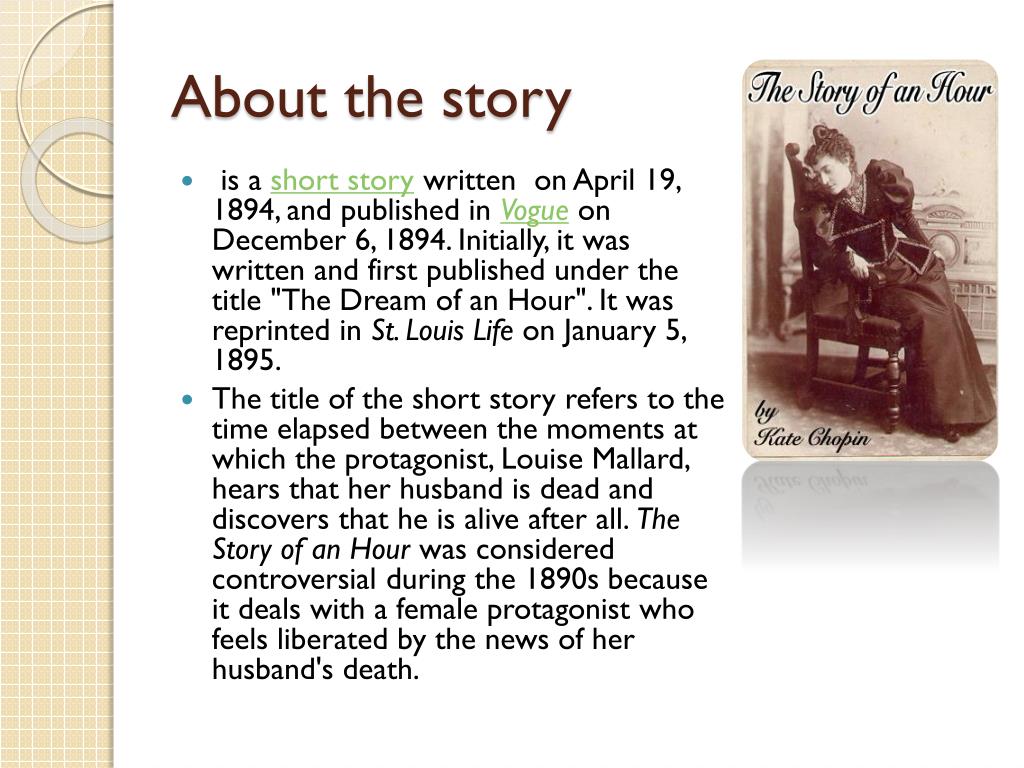 character and great victories, the most important of which you will find on the pages of this encyclopedia.
character and great victories, the most important of which you will find on the pages of this encyclopedia.
Richly illustrated deluxe edition of a large format with thick quality paper. The cover is decorated with gold stamping, the book is packed in an elegant case with a silk ribbon lace.
Description
Characteristics
The history of Russia is a continuous chain of great events and incredible facts. Not devoid of white spots, it does not stand still, and over the years the answers to exciting questions become more and more definite. However, there are still many ambiguities. The book "History of Russia. Great events that the whole country should know about" is intended to shed light on important social phenomena from the time of the formation of Rus' to the first manned flight into space.
The complex interweaving of the fate of the people will no longer seem chaotic: the book illustrates the logical and understandable connection of all the turns of history. From this encyclopedia you will learn about the great events that globally changed the course of the country's development, get acquainted with interesting and reliable facts that will make you proud of the heroes of the Russian land and honor their memory. character and great victories, the most important of which you will find on the pages of this encyclopedia.
From this encyclopedia you will learn about the great events that globally changed the course of the country's development, get acquainted with interesting and reliable facts that will make you proud of the heroes of the Russian land and honor their memory. character and great victories, the most important of which you will find on the pages of this encyclopedia.
Richly illustrated deluxe edition of a large format with thick quality paper. The cover is decorated with gold stamping, the book is packed in an elegant case with a silk ribbon lace.
Eksmo
How to get bonuses for product review
1
Make an order in the online store
2
Write a detailed review of 300 characters only for what you bought
3
Wait for the review to be posted.
If he is among the top ten, you will receive 30 Favorite Shopper Card bonuses. Can write unlimited number of reviews for different purchases - we will add bonuses for each one published in top ten.
Can write unlimited number of reviews for different purchases - we will add bonuses for each one published in top ten.
Bonus Rules
If he is among the top ten, you will receive 30 Favorite Shopper Card bonuses. Can write unlimited number of reviews for different purchases - we will add bonuses for each one published in top ten.
Bonus Rules
Excellent edition
Pros
Good print, paper, quality illustrations. Very rich decor.
History of Russia
Both a wonderful idea and an embodiment
The book "History of Russia. Great events that the whole country should know about (in a case)" is available in the online store "Chitai-Gorod" at an attractive price. If you are in Moscow, St. Petersburg, Nizhny Novgorod, Kazan, Yekaterinburg, Rostov-on-Don or any another region of Russia, you can place an order for a book "History of Russia.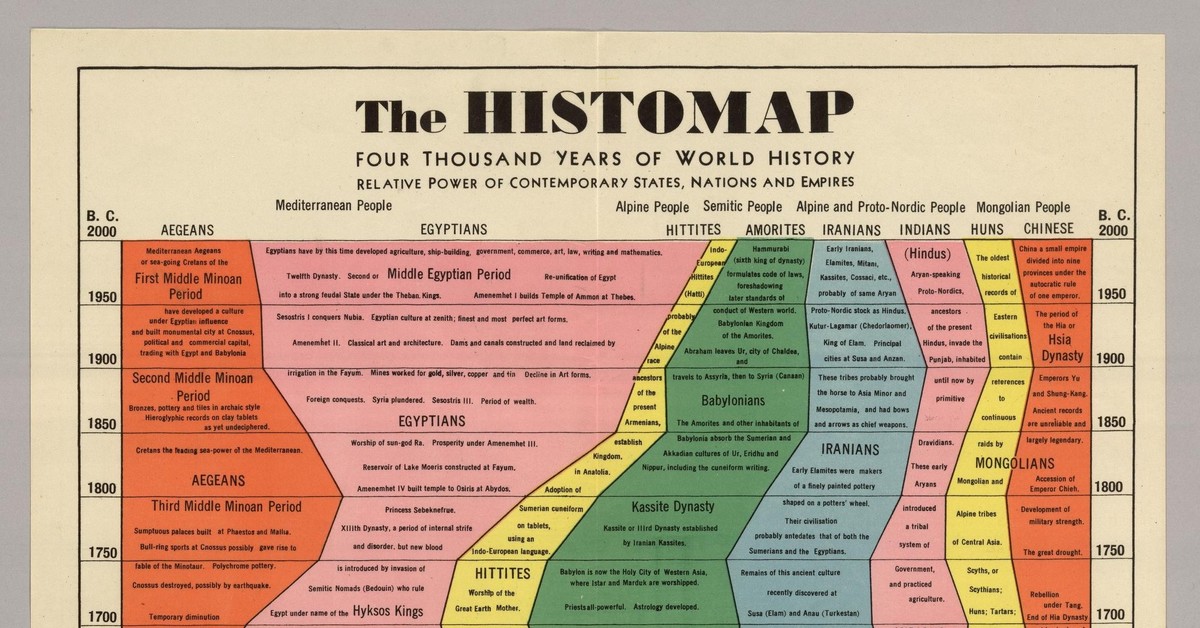 Great events that the whole country should know about (in a case)" and choose a convenient way to receive it: pickup, delivery by courier or sending mail. To make buying books even more pleasant for you, we regularly hold promotions and contests.
Great events that the whole country should know about (in a case)" and choose a convenient way to receive it: pickup, delivery by courier or sending mail. To make buying books even more pleasant for you, we regularly hold promotions and contests.
The whole history of Russian and Soviet ballet: the Manege tells about the pride of the nation
- Forbes Life
- Natalia Siverina Author
Until May 21, the Manege Central Exhibition Hall in St. Petersburg hosts the exhibition “First Position. Russian Ballet”, which presents about a thousand artifacts from forty museums, archives and libraries in Russia. The story turned out to be spectacular, sometimes fussy and reminiscent of a joke, as it should be for a ballet performance
Petersburg hosts the exhibition “First Position. Russian Ballet”, which presents about a thousand artifacts from forty museums, archives and libraries in Russia. The story turned out to be spectacular, sometimes fussy and reminiscent of a joke, as it should be for a ballet performance
Authors of the concept Anna Yalova (who replaced Pavel Prigara as director, under which Manege became the leading St. Petersburg exhibition site, and in 2021 received The Artnewspaper Russia award as the Museum of the Year), architect Agniya Sterligova and creative curator, artist Pavel Kaplevich took on a truly immense topic - Russian ballet, "our everything." In order not to drown in the world of artifacts, photographs, costumes and personal belongings of various characters that were directly related to the history of the issue, the exposition was divided into large and small sections, some of which are mandatory, the other is conditionally optional, for those who are especially interested.
There are two main sections of the exhibition. The Imperial Ballet and the Soviet Ballet open with works that reveal the image of the dans l’ensemble era, that is, in general. Visitors are greeted by an elegant sculpture "Cupid and Psyche" and a reduced copy of Mukhin's "Worker and Collective Farm Woman" - a spectacular solution, which, among other things, conveys the plastic image and aesthetics of movement, characteristic of their eras.
The sections have a different style and character, they are visually marked with contrasting colors: the imperial part is burgundy-red, solemn, divided into time segments by something like portals in the form of profiles of the main characters involved in the development of ballet in Russia. The Soviet one, decorated in the color of green billiard cloth, looks restrained and seems to have been assembled by a passionate amateur balletomane who did not miss a single thing - from the program of a long-gone performance to a photo of Nikolai Tsiskaridze.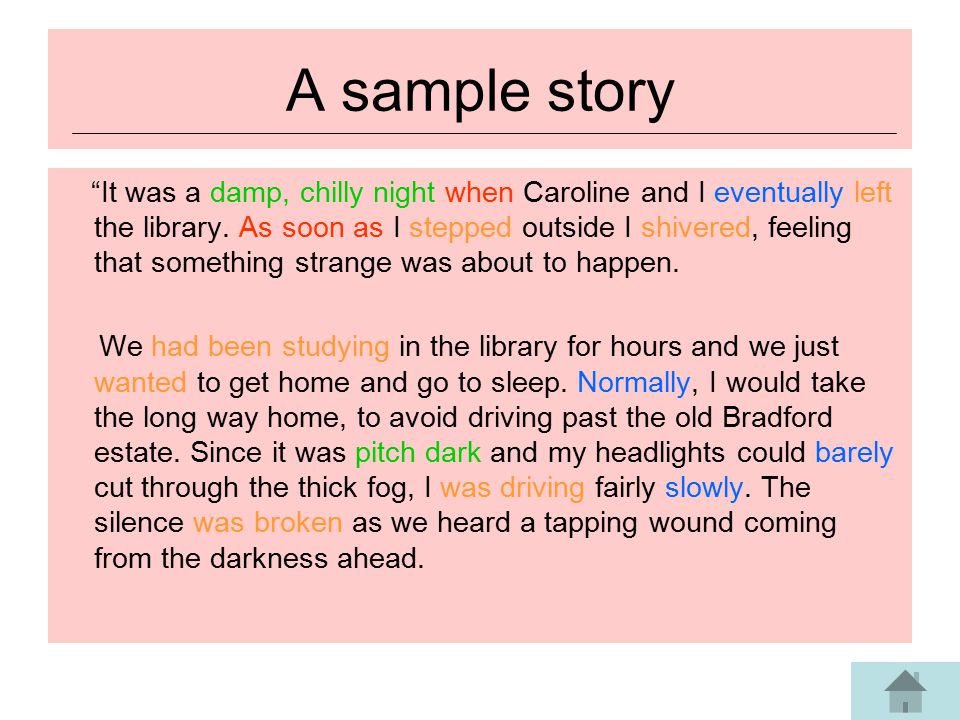 It all starts with a closed ticket window with a handwritten "no tickets" announcement and ends with a black and white TV showing Swan Lake.
It all starts with a closed ticket window with a handwritten "no tickets" announcement and ends with a black and white TV showing Swan Lake.
Inside the "Imperial Ballet" you can see a working model of the stage machinery of the 19th century, ballet shoes and a practice dress that belonged to Matilda Kshesinskaya. In the "Soviet Ballet" attention is drawn to the collection of porcelain figurines on the theme of "ballet" and the painting by Zinaida Serebryakova "Girl-sylphs. Chopinian's ballet.
Related material
Another "mandatory" episode in the history of Russian ballet, and, accordingly, a section of the exhibition is, of course, Diaghilev's entreprise. The authors called it "The Russian Spirit" and decorated it in the style of Roerich's scenery for the ballet "The Rite of Spring". Roerich's own sketches, as well as those of Natalia Goncharova and Alexander Benois, posters by Jean Cocteau, costumes from performances and, in addition, several Russian traditional costumes that have no direct relation to ballet art, depict the style of ballet russes. Around the corner from the “Russian Spirit” is a kind of interlude where you can get acquainted with the history of the artist and photographer Alfred Eberling, who is considered the first street photographer in Russia and is known for snapshots of ballerinas. In particular, he filmed Matilda Kshesinskaya, Anna Pavlova and Tamara Karsavina, and not always dressed. His works are shown in a separate room, in an atmosphere of privacy.
Around the corner from the “Russian Spirit” is a kind of interlude where you can get acquainted with the history of the artist and photographer Alfred Eberling, who is considered the first street photographer in Russia and is known for snapshots of ballerinas. In particular, he filmed Matilda Kshesinskaya, Anna Pavlova and Tamara Karsavina, and not always dressed. His works are shown in a separate room, in an atmosphere of privacy.
Sections of the exhibition, which can be conditionally called "optional", tell just about what is always interesting to know. Ballet Anatomy, for example, uses video to show how many muscles a dancer uses and how many calories they burn while performing one or another element of classical dance. The performance technique and the history of the famous thirty-two fouettes are literally laid out “by the bones”. The timeline traces the evolution of Swan Lake from original director Reisinger, through the triumphs of Marius Petipa and Rudolf Nureyev, to versions by Matthew Bourne and Graham Murphy.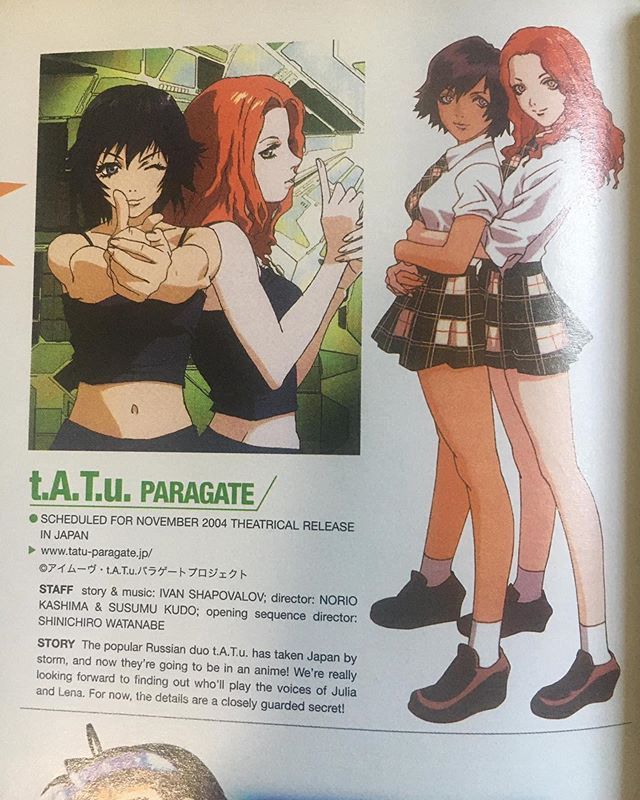
The extensive section "Costume Shop" opens with a spectacular installation dedicated to the variety of ballerina tutus, clearly showing the evolution of the ballet costume. Like them, the exhibition turned out to be elegant, bright and democratic. You can watch it on the fly, running for an hour, or you can spend the whole day here. But the most serious verdict of the exposition will be made not by art critics, but by St. Petersburg balletomanes with a lot of spectator baggage.
"Cupid and Psyche"
The love myth of Cupid and Psyche was very popular on the ballet stage in the 18th-19th centuries, and the first performance based on this plot is considered to be the tragedy-ballet of the composer Jean-Baptiste Lully "Psyche" (1671). Formally, it was an opera, because the ballet performance as a genre did not yet exist.
French choreographer Jean-Georges Noverre, whose heritage also includes the ballet Cupid and Psyche, is recognized as the founder of the ballet performance, or as it was called “heroic-pantomime ballet”.
Dress and shoes for classes by Matilda Kshesinskaya
Principals of the Imperial Ballet had the right to their own costumes, which Matilda Kshesinskaya actively used (sometimes modern primas also allow themselves this). But for the morning classes, everyone had to appear in the same white dresses (tunics).
Porcelain figurines by Natalia Danko
Porcelain sculpture depicting ballerinas was an export item in the USSR. Specially commissioned by Vneshtorg, the sculptor Natalya Danko, who worked at the Leningrad Porcelain Factory, created figurines “Ballerina A.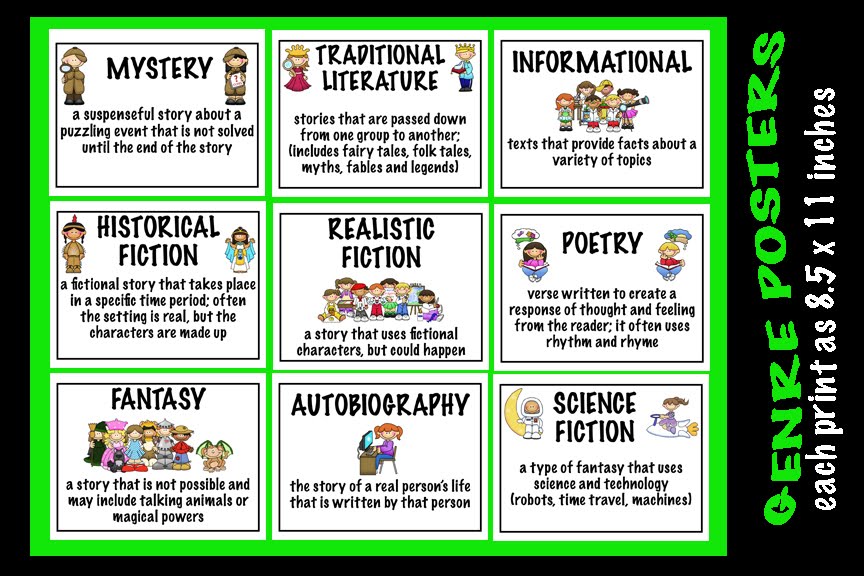 P. Pavlova in the ballet The Dying Swan to the music of Camille Saint-Saens” (1931-1932), "A.P. Pavlova as Odette in P.I. Tchaikovsky's ballet "Swan Lake" (1933) and" Ballerina S.V. Fedorova 2nd in A.K. Glazunov's ballet "Raymonda" ( 1922).
P. Pavlova in the ballet The Dying Swan to the music of Camille Saint-Saens” (1931-1932), "A.P. Pavlova as Odette in P.I. Tchaikovsky's ballet "Swan Lake" (1933) and" Ballerina S.V. Fedorova 2nd in A.K. Glazunov's ballet "Raymonda" ( 1922).
Poster for "Russian Seasons" by Sergei Diaghilev by Jean Cocteau
From 1911 to 1929, with a break during the First World War, the troupe of Sergei Diaghilev settled in Monte Carlo. The poster for Jean Cocteau depicts Vaslav Nijinsky as the Rose Youth (in a costume designed by Bakst) from the ballet Vision of the Rose.
"The Anatomy of a Ballet"
The organization of the ballet has always interested the public. Previously, the audience, for example, believed that “ballerinas have legs with a hoof,” otherwise how could they dance on pointe shoes. Many prominent journalists tried to refute this and other fabrications. In the 19th century, the publisher and theater critic Alexei Suvorin wrote an article for St. Petersburg Vedomosti about the anatomy of the legs of ballerinas.
Many prominent journalists tried to refute this and other fabrications. In the 19th century, the publisher and theater critic Alexei Suvorin wrote an article for St. Petersburg Vedomosti about the anatomy of the legs of ballerinas.
"Costume shop"
In the imperial theater, the ballerina's skirt consisted of starched tulle layers (tunic), the number of which depended on the ballerina's height - the higher the ballerina, the larger the tunic. The length was also strictly regulated, and the director of the Imperial Theaters, Vladimir Telyakovsky, made sure that the skirts were not shortened. In the USSR, they also followed the length of skirts. They say that the Minister of Culture Ekaterina Furtseva, when she saw Maya Plisetskaya’s short dresses in the Carmen Suite at the run, said: “Maya, cover your thighs.”
Nicholas Roerich, sketch for the ballet The Rite of Spring
Nicholas Roerich created not only the visual image of the production, but also wrote the libretto of The Rite of Spring.